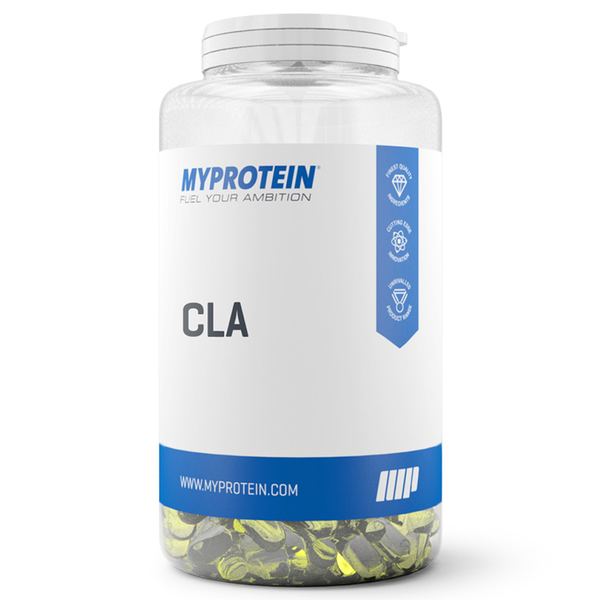Formula C18H32O2 | Molar mass 280.4455 g/mol | |
 | ||
IUPAC ID (9Z,11E)-octadeca-9,11-dienoic acid | ||
Conjugated linoleic acids (CLA) are a family of at least 28 isomers of linoleic acid found mostly in the meat and dairy products derived from ruminants. CLAs can be either cis- or trans-fats and the double bonds of CLAs are conjugated and separated by a single bond between them.
Contents
CLA is marketed as a dietary supplement on the basis of its supposed health benefits.
Conjugated linoleic acid cla
History
The biological activity of CLA was noted by researchers in 1979 who found it to inhibit chemically induced cancer in mice and research on its biological activity has continued.
In 2008, the United States Food and Drug Administration categorized CLA as generally recognized as safe (GRAS).
Biochemistry
Most studies of CLAs have used a mixture of isomers wherein the isomers c9,t11-CLA (rumenic acid) and t10,c12-CLA were the most abundant. More recent studies using individual isomers indicate that the two isomers have very different health effects.
Conjugated linoleic acid is both a trans fatty acid and a cis fatty acid. The cis bond causes a lower melting point and ostensibly also the observed beneficial health effects. Unlike other trans fatty acids, it may have beneficial effects on human health. CLA is conjugated, and in the United States, trans linkages in a conjugated system are not counted as trans fats for the purposes of nutritional regulations and labeling. CLA and some trans isomers of oleic acid are produced by microorganisms in the rumens of ruminants. Non-ruminants, including humans, produce certain isomers of CLA from trans isomers of oleic acid, such as vaccenic acid, which is converted to CLA by delta-9-desaturase.
In healthy humans, CLA and the related conjugated linolenic acid (CLNA) isomers are bioconverted from linoleic acid and alpha-linolenic acid, respectively, mainly by Bifidobacterium bacteria strains inhabiting the gastrointestinal tract. However, this bioconversion may not occur at any significant level in those with a digestive disease, gluten sensitivity, and/or dysbiosis.
Health
CLA is marketed in dietary supplement form for its supposed anti-cancer benefit (for which there is some evidence, but no known mechanism, and very few studies done so far) and as a bodybuilding aid. A 2004 review of the evidence said that while CLA seemed to benefit non-human animals, there was a lack of good evidence of human health benefits, despite the many claims made for it.
Likewise, there is insufficient evidence that CLA has a useful benefit for overweight or obese people as it has no long-term effect on body composition. CLA has shown an effect on insulin response in diabetic rats but there is no evidence of this effect in humans.
